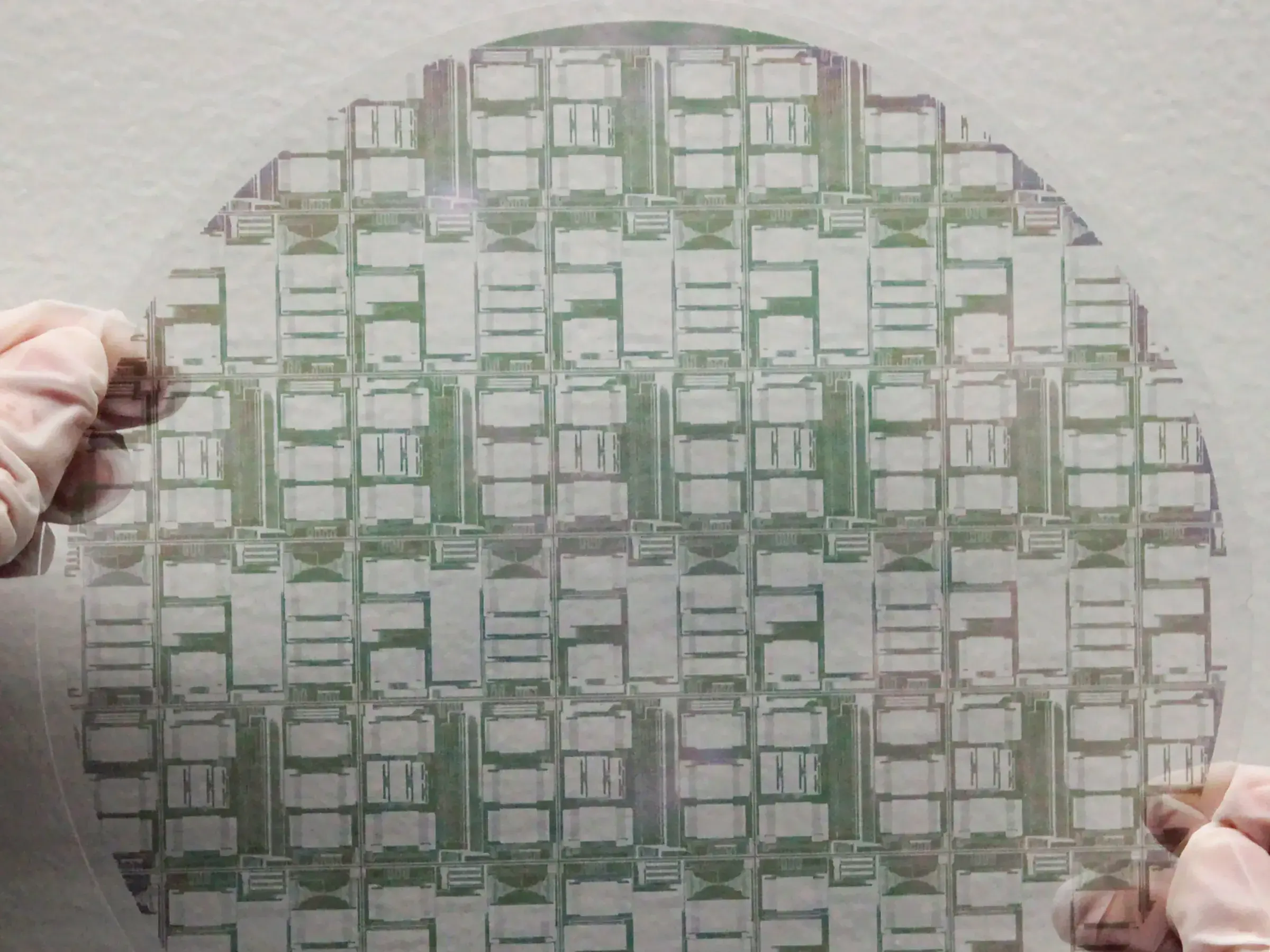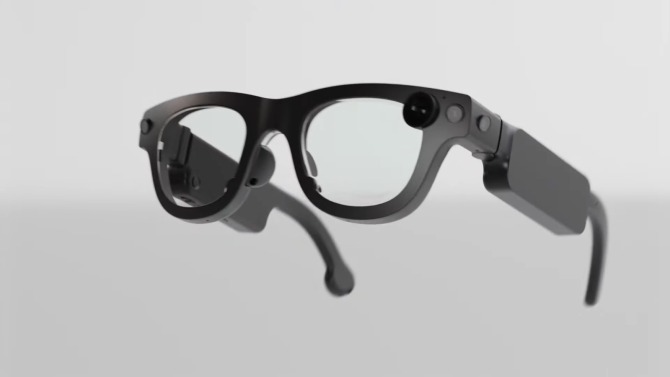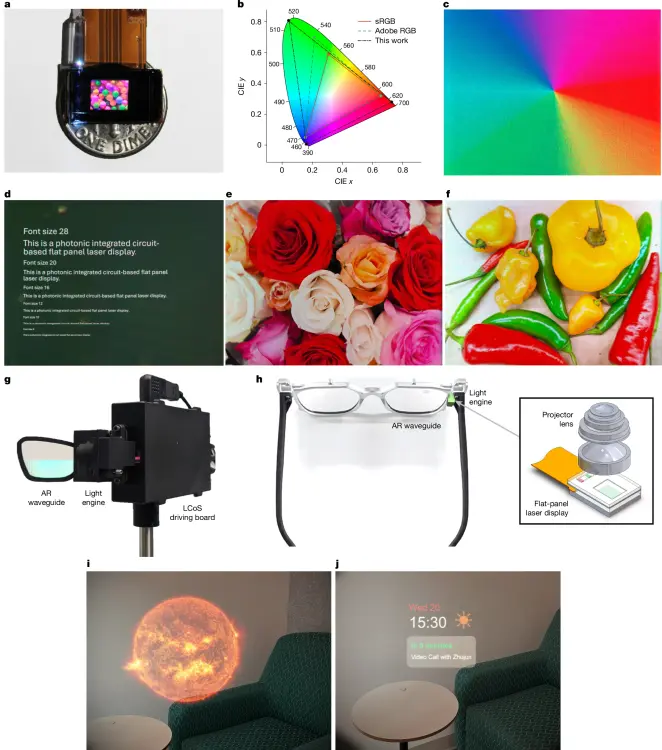

Researchers at Meta have made a breakthrough in laser-based display technology, and it could have major implications for augmented reality. It has excellent color rendition and even has a respectable resolution, at 1920x1080. The most important part, though, is that it's just two millimeters thick.
This type of technology could become the basis of authentic, science fiction-style augmented-reality glasses.
Laser-based displays aren't terribly common, but they do have some desirable properties, such as being very bright and color-accurate. They would be the perfect type of display for augmented reality, since their brightness could compete with the outdoor lighting scenarios that challenge many other display technologies. The problem is that laser-based displays are bulky, hard to manufacture, and inefficient.
Withthis research, Meta set out to fix these problems.

The team has found a new use for photonic integrated circuits, or PICs, which are chips that can receive, modulate, and direct light. Previous laser-based displays have required projector units and complex pathways that modulate the red, green, and blue laser light to create the color gamut. Meta's PICs can now integrate all these functions into a single, centimeter-scale chip.
The PICs receive RGB light from laser light sources integrated into the panel, processing it with what the researchers describe as thousands of integrated micro-components. This light is then projected by the PICs onto a "liquid crystal on silicon" (LCoS) panel for final display.
As mentioned, the overall complex is just two millimeters thick, which makes it less than aneightiethas bulky as other LCoS displays. Nonetheless, it dramatically improves the color gamut over similar displays.
The final, laser-based display they eventually created is just 5mm by 5mm, as depicted on top of a dime in the imagea, below. In the same figure (imagesc,d,e, andf), you can see some magnified photos of the display in action, though looking at a picture of one display type on a totally different display type is admittedly a bit meaningless.

More interesting are the AR photos, which use their dime-sized display to feed an image to an off-the-shelf AR rig. In imagesIandjyou can see an image hovering over the backdrop of an office. In imageh, you can see their rather optimistic mock-up of glasses which they imagine would integrate their tiny display, and all the waveguide functions of the AR unit.
This research is funded by Meta, of course, and so it always aims to emphasize practical, commercial applications. The researchers note that their PICs are manufactured using CMOS-compatible processes, which means they should be affordable to create at scale.
Meta already has its line ofAI glasses, along with a Ray-Ban partnership and a long history of generalizedresearchon augmented reality. With this study, the company proves that it is making real efforts to integrate these and other research areas to realize the dream of true, all-day augmented reality.
0 comments:
Ikutan Komentar